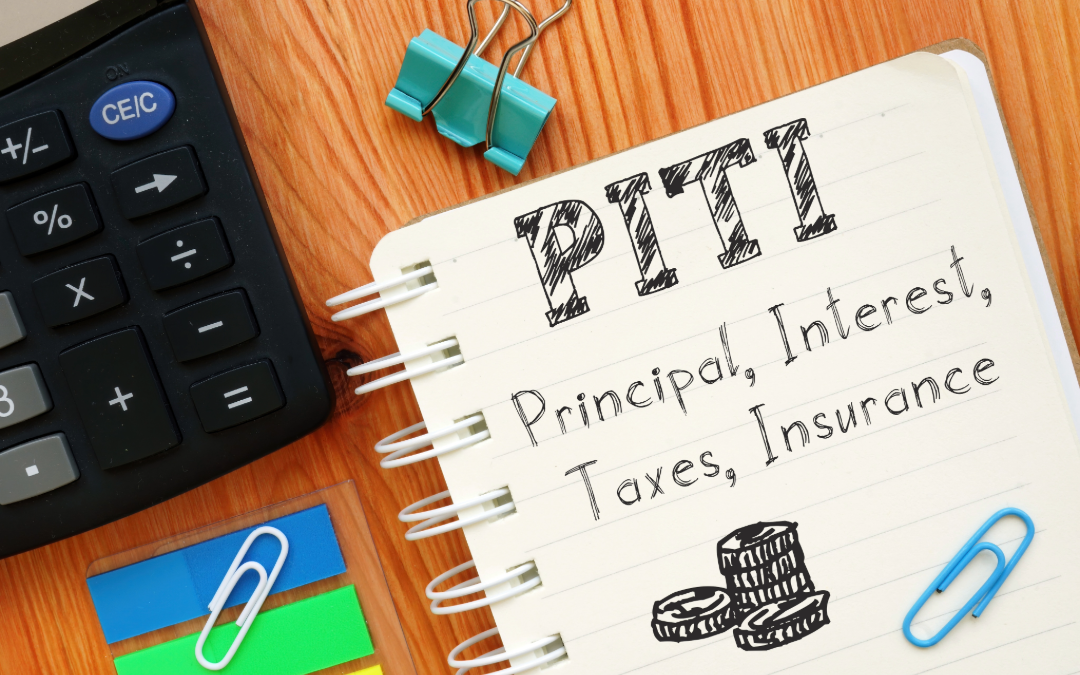When you set out on your journey to homeownership, one of the most significant financial commitments you’ll make is your monthly mortgage payment. Often, this payment consists of four essential components: Principal, Interest, Taxes, and Insurance, collectively referred to as PITI. In this article, we will discuss each of these elements to help you grasp the intricacies of your mortgage payment.
Principal:
The principal is the amount you owe on your mortgage loan. When you close on a mortgage, your lender structures your repayment plan to ensure that your monthly payments of principal and interest will eventually result in a zero balance at the end of your loan.
Initially, only a small portion of your monthly payment goes toward the principal balance. However, as you make regular payments, that portion gradually increases. This means that as the years go by, you’re likely building more equity in your home.
Interest:
Interest represents the cost of borrowing money. It accrues each month based on your loan’s interest rate and the current outstanding balance. For instance, with a fixed-rate mortgage, you’ll have a consistent interest rate throughout the loan term, while an adjustable-rate mortgage may have variable interest rates over time.
Refinancing your mortgage can be a strategic move potentially lowering your monthly payments and saving you money in the long run. By keeping an eye on market trends, and talking to your Supreme Lending mortgage professional, you can make informed decisions about when to refinance.
Taxes:
Property taxes are an obligation for homeowners across the United States. Lenders often estimate your annual tax liability and include it in your monthly mortgage payment, creating an escrow account for this purpose. When your tax bill comes due, your lender pays it on your behalf from the escrow account.
Sometimes, lenders may overestimate your property tax bill, leading to an escrow refund or a reduced monthly payment for the next year. Conversely, if your escrow balance falls short of covering the bill, you might have to make a lump sum payment or accept higher monthly payments.
Insurance:
Insurance plays a vital role in your mortgage payment, serving both you and your lender. Homeowners insurance may protect you against property damage, theft, and other losses due to specific events. Additionally, mortgage insurance, such as private mortgage insurance (PMI), may be required if your down payment is less than 20% of the home’s purchase price.
Shopping around for homeowners insurance periodically can help you find better rates, reducing your premiums. As you pay down your loan balance to around 80% of your home’s value, you can request the removal of PMI for conventional loans.
Conclusion:
Understanding the four components of your mortgage payment—Principal, Interest, Taxes, and Insurance (PITI)—is essential for any homeowner. While your monthly mortgage payment may seem fixed, it can change over time due to fluctuations in taxes, insurance costs, and your loan’s interest rate. Therefore, it’s crucial to monitor these components and explore potential avenues to reduce your overall costs.
Whether it’s through refinancing, shopping for insurance, or working to improve your credit score, there are various strategies to save money on your mortgage. Remember that building and maintaining a strong credit history can also be a valuable tool in securing favorable loan terms for your homeownership journey.

